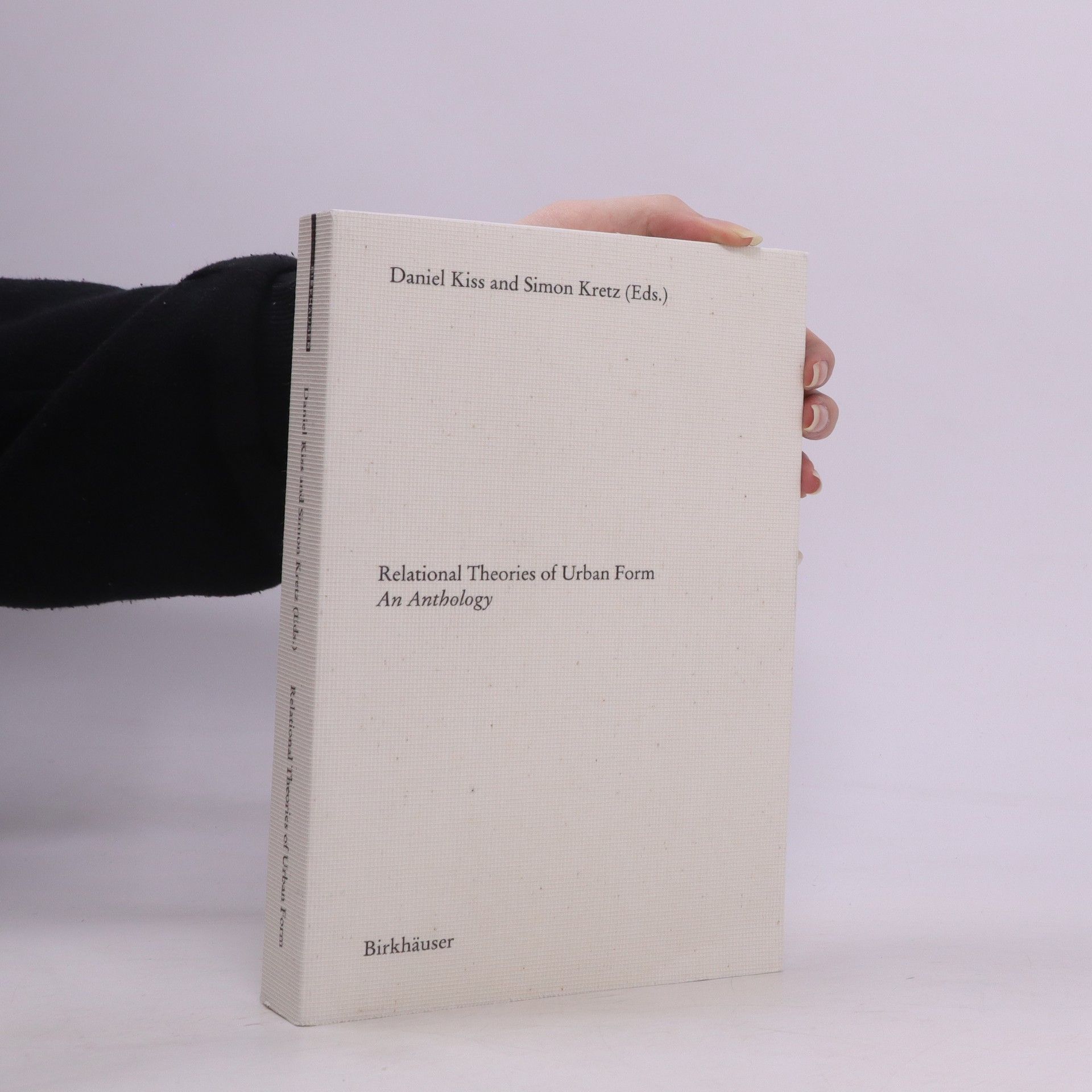Simon Kretz Bücher




An in-depth guide to attaining the enlightenment of the Philosopher's Stone
The Cosmos of Design' is a journey through the characteristic features of design thought processes that usually occur unconsciously. With the help of simple examples, designing is explored step by step: Creative experimentation and speculative thinking are highlighted in addition to cognition-oriented tests, iterative loops and abductive conclusions. The result of this study is a coherent pattern of thought, an enlightening philosophy of design. As a resource for students and practitioners, 'The Cosmos of Design' is intended to broaden the understanding of design and to provide theoretical foundation and practical inspiration.
This commentated anthology contains essential passages from eight important architecture and urban design theory texts from the 1960s to the 2010s. With these excerpts, the editors discursively outline the concept of form as a relational field of tension between man and material. The relational element is treated not only as a topos, but above all the interpretational perspective of architectural theory. The texts are arranged under the guiding themes of Type, Process, Place, and Things. The texts themselves were written by authors including Christopher Alexander, Oswald Mathias Ungers, Fumihiko Maki, Alison and Peter Smithson, Lucius Burckhardt, Bruno Latour, and Manuel de Solà-Morales. They offer a paradigmatic foundation that encourages further research and the continued view through the „relational lens.“